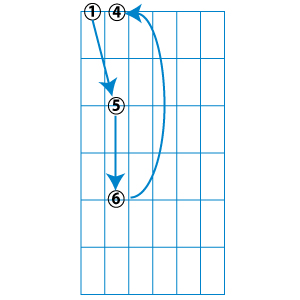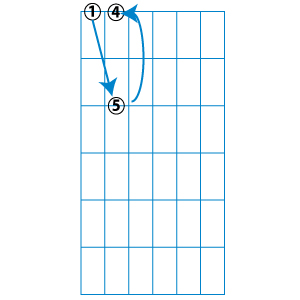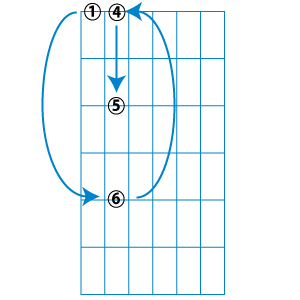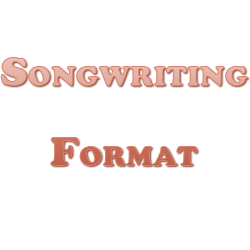Chord progressions exist in every single piece of music ever written. While the focus will generally be on a solo in one form or another whether that’s being delivered by the vocals/lyrics or by instruments, the chord progressions in the background are what give those solos a canvas to exist on and are what make them work, plain and simple.
Chord progressions can make or break your song’s hook, as well. The right progression is capable of transforming your hook into the most memorable in pop music history whereas the wrong progression will make your hook sound awkward, out of place, or at the very least significantly diminish its efficacy.
To better understand chord progressions, I recommend that you check out my post on songwriting chords.
Now let’s cover some of the more common types of guitar chord progressions using diagrams to better illustrate them.
Common Chord Progressions
1 5 6 4 Chord Progression
The 1 5 6 4 chord progression is one of the most common chord progressions which is likely attributed to the fact that it simply sounds good on top of most melodies and hooks you’d put underneath it (or vice versa). The effect of starting on the 1, jumping to the 5, pushing the intensity higher to the 6, then finally coming down to end on the 4 gives the listener a feeling that they’ve just been on a musical journey simply through a chord progression without realizing it. There are far too many songs to list which use the 1 5 6 4 chord progression.
1 5 4 Chord Progression
The 1 5 4 chord progression is a more simplified version of the aforementioned 1 5 6 4 chord progression and is used constantly in pop music. A prominent example which comes to mind would be Third Eye Blind’s “Semi Charmed Life”.
1 6 4 5 Chord Progression
The light “Doo Wap” progression was especially popular in the 1950’s and still turns up in interesting and less obvious formats nowadays. Think of The Temptations or The Penguins versions of “Earth Angel” as a prominent example of the 1 6 4 5 chord progression.
6 4 5 1 Chord Progression
The 6 4 5 1 chord progression is similar to the 1 5 6 4, only it begins on the 6 rather than the 1 but keeps the same order otherwise. Matchbox Twenty’s “How Far We’ve Come” is a more recent example of the 6 4 1 5 chord progression.
What makes good chord progressions?
Technical stuff aside, the real question is what makes good chord progressions. Generally you can get a lot of mileage for the majority of your songs by trying out the previously mentioned common chord progressions, but there are dozens and hundreds and really an infinite number of progressions you can try. Those common chord progressions I just listed all stick to the 1, 4, 5, and 6 chords in a key, so I didn’t even touch on some chords there.
The truth is that the term “good chord progressions” is about as subjective as they come because it’s always about what’s best for the song. I very seldom find myself using a 1 5 6 4 or any of the listed progressions which I just covered.
They would generally sound good on top of what I’m playing or singing, but the smallest changes like breaking a measure into sharing two chords instead of one can really amp up your part. The lesson is to try everything until you find something which you like more than anything else.
I’ll be expounding on what makes good chord progressions as well as going over specific types of chord progressions in the coming days and weeks in future posts and I will be linking back to them all here to really complete this overview on chord progressions.





